Products Description
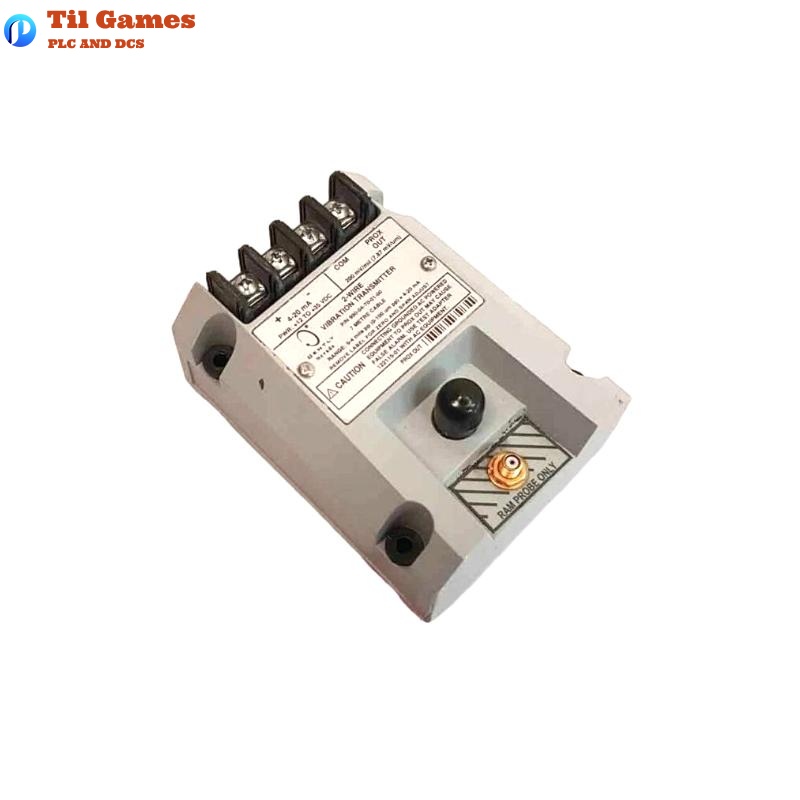
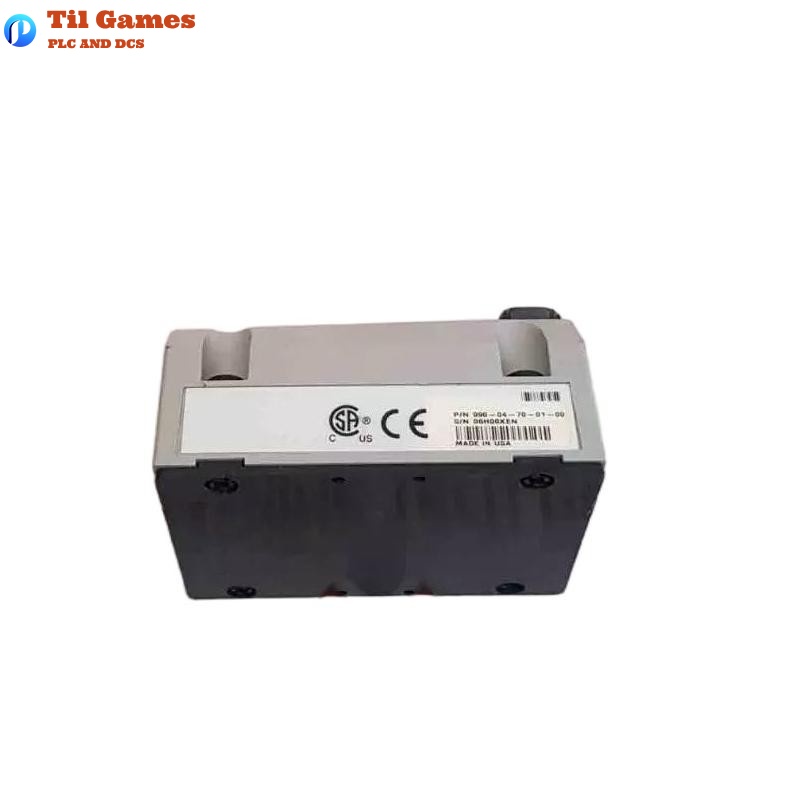
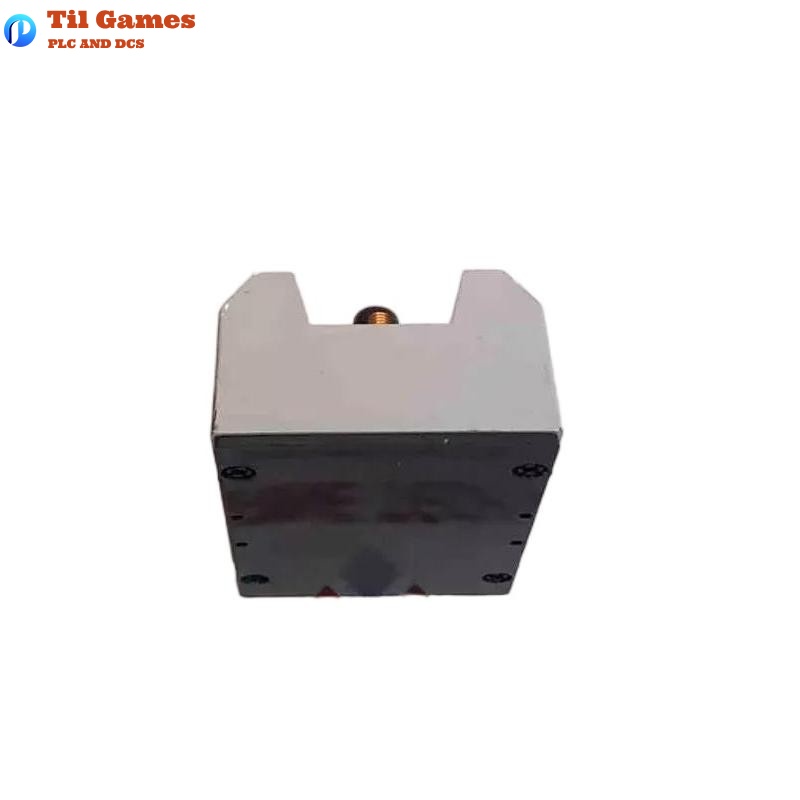
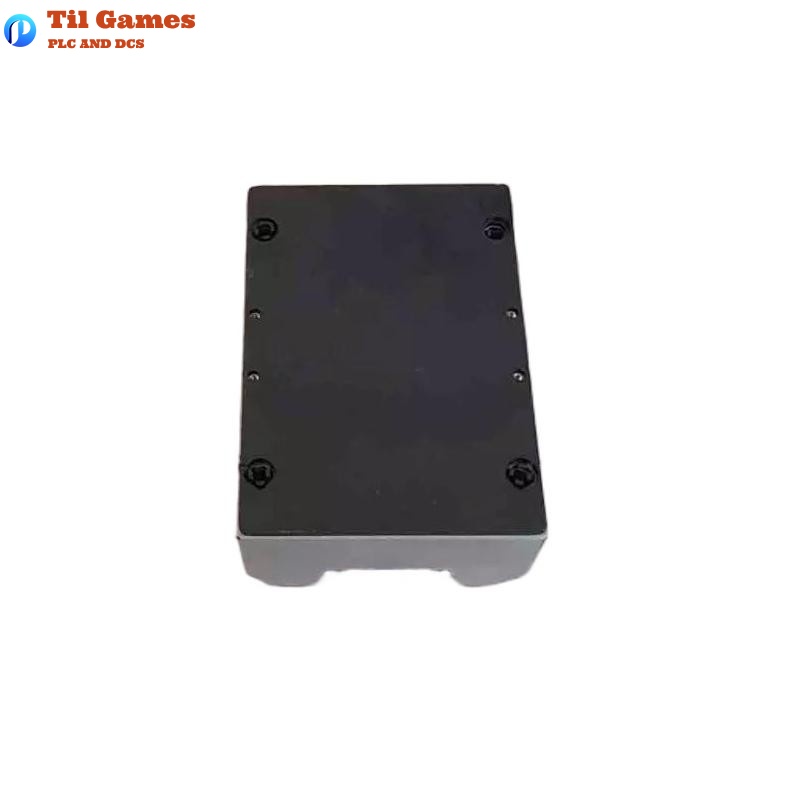
| Company Information | |||
| sales@xmjzjsgs.com | |||
| Mobile | +8613666033393 | ||
| +8613666033393 | |||
| 13666033393 |
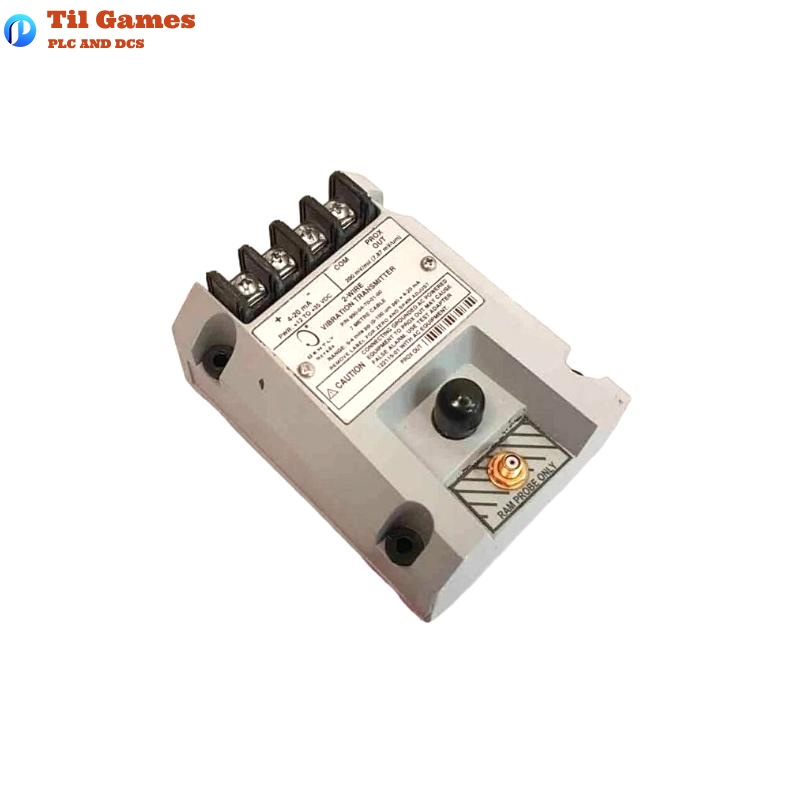
Technical Specifications
| Parameter | Specification |
|---|---|
| Input | 3300 NSv Proximity Probe + Extension Cable (5 m or 7 m) |
| Power Supply | 12 to 35 VDC |
| Output Signal | 4–20 mA loop-powered, proportional to vibration (peak-to-peak) |
| Loop Accuracy | ±1.5% (with 250 Ω loop resistance) |
| Maximum Loop Resistance | 1000 Ω @ 35 VDC |
| Current Limiting | 23 mA typical |
| Frequency Response | 5 Hz to 6,000 Hz (±3 dB) |
| Probe Gap Range | 0.5 to 1.75 mm (20 to 55 mils) |
| Output Impedance (PROX OUT) | 10 kΩ (for 10 MΩ load) |
| PROX OUT Scale Factor | 7.87 mV/µm (±6.5% typical; ±10% worst-case) |
| Temperature Range (Transmitter) | -35°C to +85°C (-31°F to +185°F) |
| Temperature Range (Probe) | -52°C to +177°C (-62°F to +351°F) |
| Relative Humidity | 100% condensing, non-submerged |
| Dimensions | 100.1 mm × 73.9 mm × 53.3 mm |
| Weight | 0.43 kg |
| Installation Options | DIN Rail or Bulkhead Mount |
| Compliance | FCC, EMC (EN 61000-6-2/6-4), ATEX, RoHS, ABS |
| Hazardous Area Approval | CSA Div 2, ATEX Zone 0/2, IECEx |
FAQ
FAQ
Q1: What is the purpose of the 990 Vibration Transmitter?
A1: It converts vibration signals from a proximity probe into a standard 4–20 mA output for use in control systems of compressors, pumps, motors, or fans.
Q2: What kind of probe does the transmitter use?
A2: It is designed for use with the 3300 NSv non-contacting proximity probe and matching extension cable.
Q3: Can the transmitter be used for dynamic diagnostics?
A3: No. It is intended for general vibration trending. For dynamic diagnostics, a full monitoring system like Bently Nevada System 1 is recommended.
Q4: What output is provided for machinery diagnostics?
A4: The “PROX OUT” terminal offers a non-isolated dynamic signal suitable for battery-powered or isolated test instruments.
Q5: How can the output signal be tested?
A5: There is a dedicated TEST input pin for injecting a test signal using a function generator.
Q6: What happens when the proximity probe fails?
A6: A Not OK/Signal Defeat circuit forces the output below 3.6 mA within 100 µs to avoid false alarms.
Q7: Is there protection against power-up transients?
A7: Yes. Upon startup, the transmitter holds the output below 3.6 mA for 2 to 3 seconds to indicate initialization.
Q8: Can I use the transmitter in hazardous areas?
A8: Yes. It is certified for use in ATEX Zone 0/2 and CSA Class I Div 2 hazardous environments.
Tags
Packing & Delivery
We will use wear-resistant cartons to seal the boxes, and take photos for your confirmation before sealing. We will pack the boxes only after confirmation.
For express delivery, we will use DHL, UPS, TNT, FedEx and EMS.
Please rest assured that we have a deep cooperation with express delivery companies and can ensure that your goods are delivered to you in good condition.



